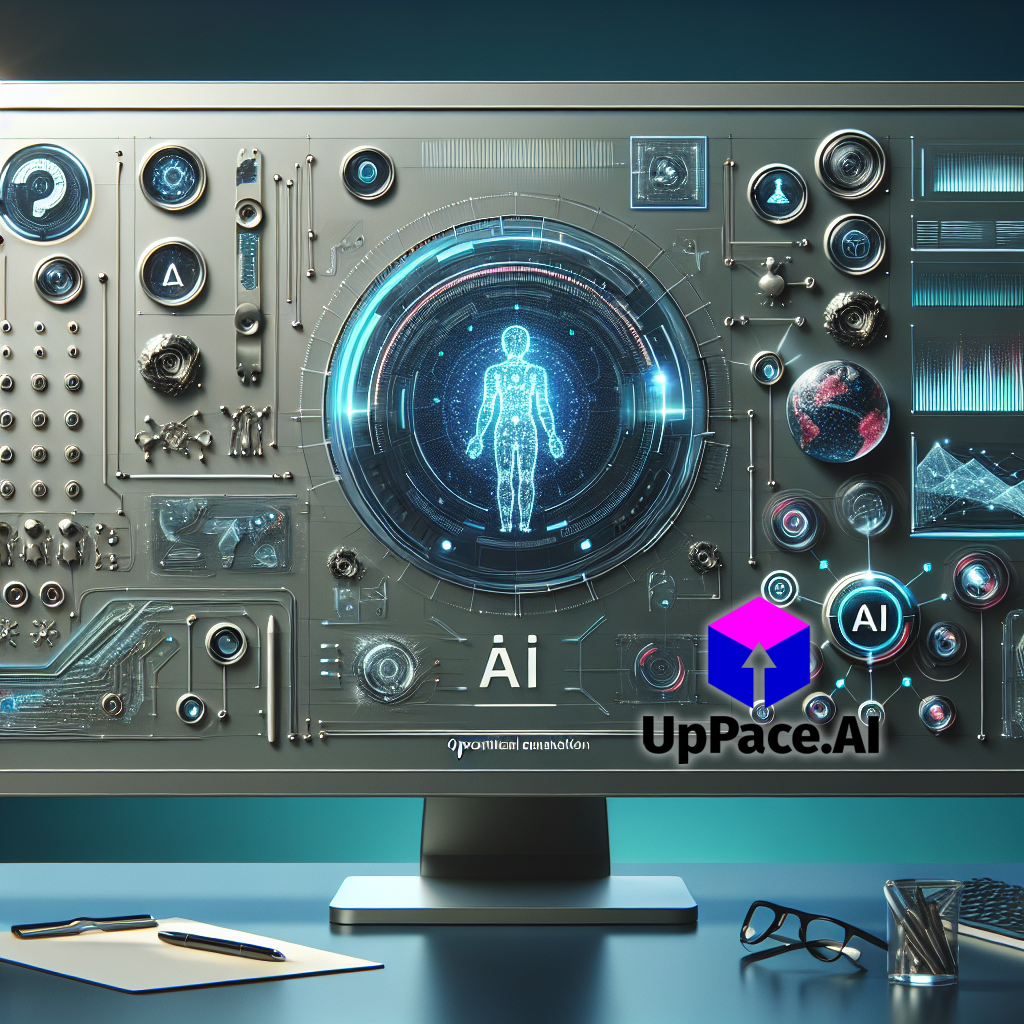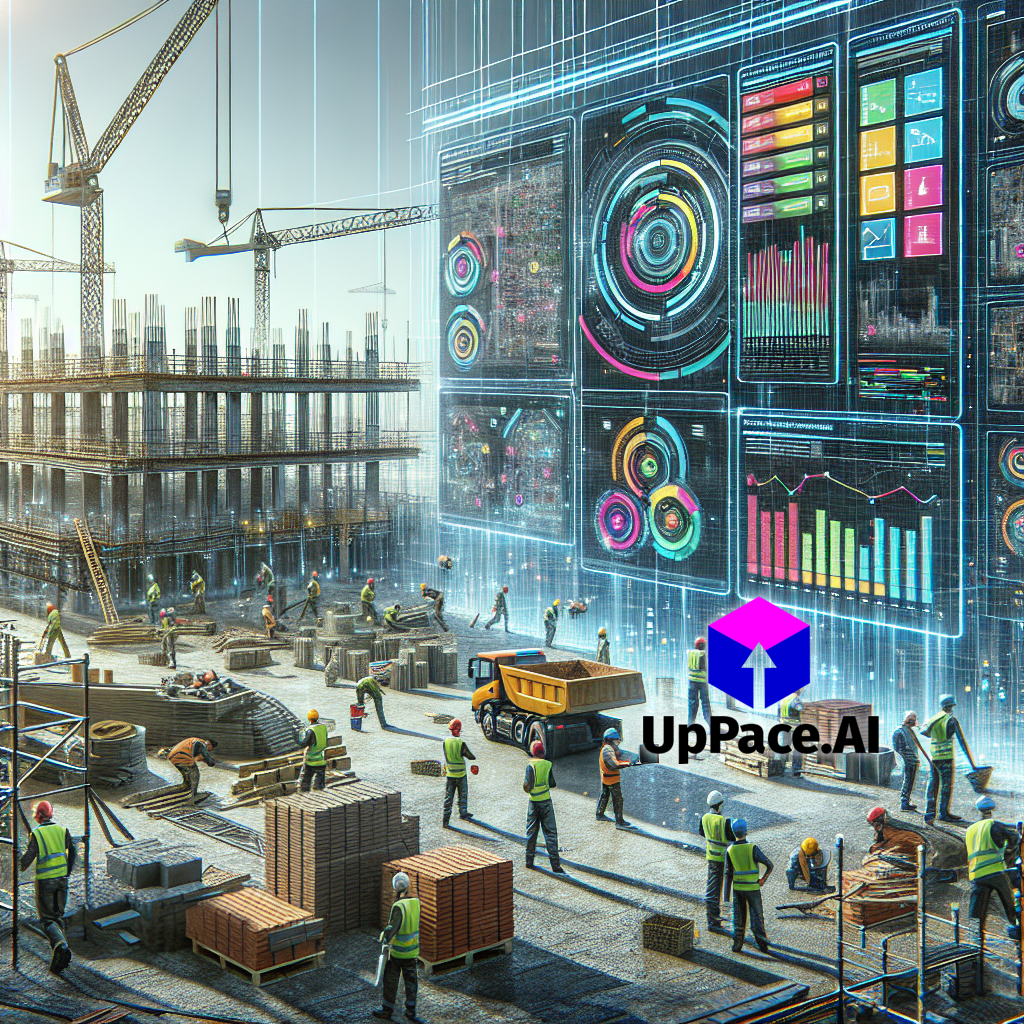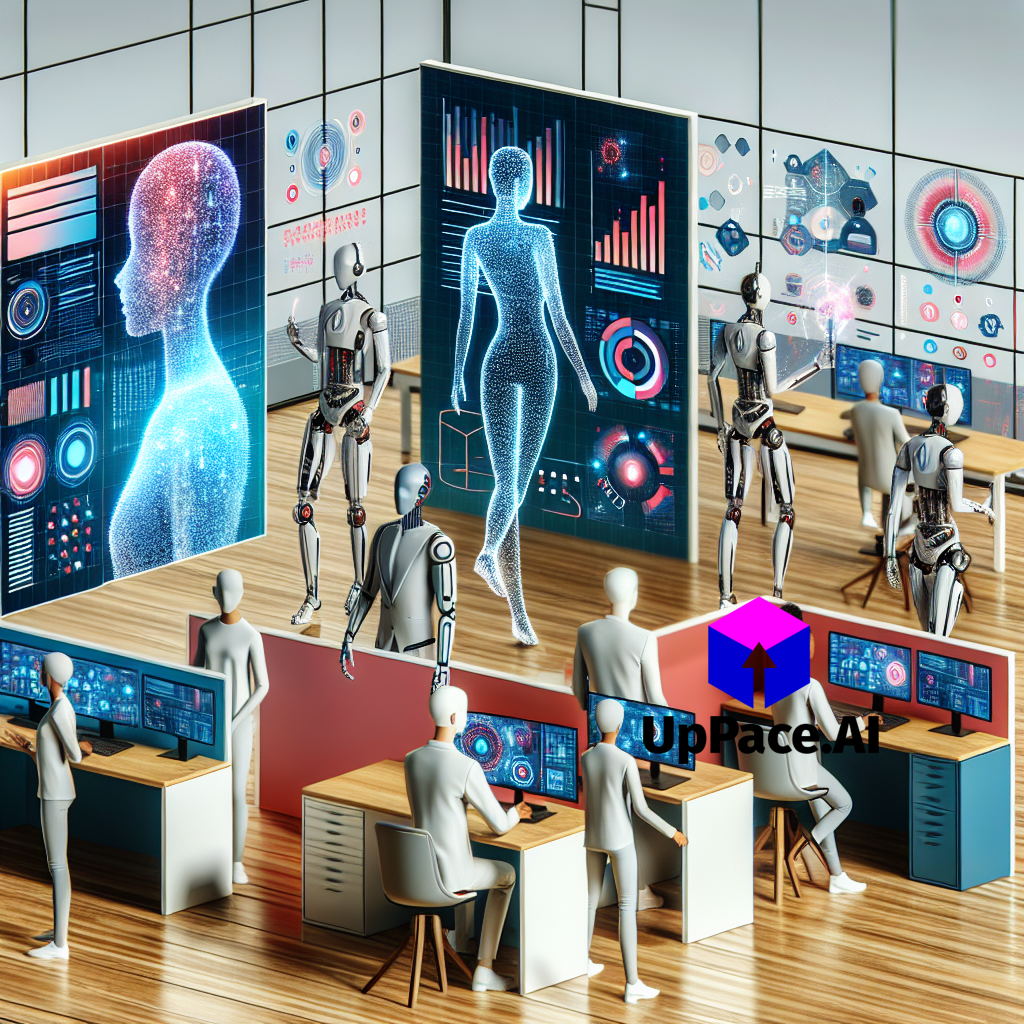
The Revolution in Decision-Making
In a world where every moment counts and making the right decision can mean the difference between success and failure, the rising tide of AI-driven insights has emerged as a game-changer. On February 22, 2025, we see a dazzling bridge between cutting-edge technology and human intuition. Leveraging a wealth of data, AI transforms raw figures into meaningful insights that empower companies and individuals to navigate the complexities of today’s business landscape.
Understanding AI-Driven Insights
The concept of using AI to guide decision-making is far more than just a futuristic notion—it’s a working reality. Modern AI systems combine complex algorithms with data from various sources to provide actionable insights. This frequently involves analysing numbers such as 2, 5, 6, 10, and 14 which might appear as mere data points but, when connected, reveal trends that drive strategic initiatives.
Adopting AI-powered insights means not only automating repetitive tasks, freeing up valuable time and resources, but also making every interaction smarter through well-informed decisions. This technology harnesses the power of data to eliminate guesswork and infuse decisions with precision—and this shift is already resonating through industries worldwide.
How AI Enhances Decision-Making
AI stands at the intersection of big data and actionable output. When used correctly, it can simplify what once appeared overwhelmingly complex:
- Time Efficiency: AI agents perform routine tasks automatically, making the daily grind less burdensome.
- Data Integration: Imagine having all business data seamlessly integrated through one smart dashboard, where everything from customer information to operational metrics stream in real time.
- Actionable Insights: The AI processes layers of data—often crunching numbers like 2, 5, 6, 10, and 14—to offer strategies that are not only scientifically based but also intuitively smart.
Strategic Use of AI in Operations
Integrating AI into your workflow drastically reshapes the operational landscape. Here are some approaches:
- Automate to Liberate: Our AI agents, when given the proper command, can take over multiple steps of a manual process, report back their progress and outcomes, and even store analytics data for future review. This shift not only reduces human error but also frees your team for more strategic initiatives.
- Data-Driven Smarts: Merging data from internal systems and external sources creates a robust base for decision-making. The more you understand the intricacies embedded in figures like 2, 5, 6, 10, and 14, the better positioned you are to make informed tactical moves.
- Simplify and Integrate: With everything managed through one accessible dashboard, the integration of multiple systems into one coherent framework means smoother interaction and monitoring. Imagine simplifying your operations into a single, intelligent ecosystem.
Practical Steps to Get Started
For those ready to take the plunge and integrate AI-driven insights into their businesses, here’s one practical example you can execute immediately:
- Step 1: Define Your Objectives
Start by determining what repetitive tasks or decision-making processes slow you down. Identify key performance indicators (KPIs) that reflect your business success. For instance, if you’re tracking conversion rates, ensure you have set clear targets. - Step 2: Choose the Right Tools
Look for software that integrates AI capabilities. Products like IBM Watson Assistant or Microsoft Cognitive Services provide a great starting point for automating and gathering insights from your data. - Step 3: Data Aggregation
Consolidate your data sources. Use tools to harvest data across all systems, thereby allowing the AI to analyse figures, from everyday numbers such as 2, 5, 6, 10, and 14, into meaningful patterns. Integration platforms often include APIs that facilitate seamless data flow. You might consider products like MuleSoft for integrating disparate systems. - Step 4: Configure and Train Your AI
Once the data is in place, configure the AI to focus on the metrics that matter. Train the system using historical data so that its predictive models become refined over time. Regular audits and updates to your model are critical as trends evolve. - Step 5: Monitor and Refine
Use an integrated dashboard to review the insights generated by your AI. Check if the decisions being recommended are driving the desired outcomes and fine-tune the parameters as needed. This not only improves reliability but also enhances trust in automated insights.
The beauty of this approach is its simplicity and the immediate impact it can have on daily operations.

How are you spending your time?
Is it on the things that make your business money? Or is it on... boring repetitive tasks that don't directly generate revenue?
Learn MoreReal-World Examples and Benefits
Stories from real businesses reveal how AI is not merely a futuristic dream, but a current reality. Consider a retail company that used AI to monitor social media sentiment and sales data concurrently. The result was a dynamic response system that adjusted marketing spend and helped streamline inventory management based on real-time analytics. By consolidating data from various channels, including those seemingly random figures like 2, 5, 6, 10, and 14, the company made smarter decisions with clearer foresight.
This strategic move facilitated smoother operations, reduced manual errors, and ultimately increased profitability. Business leaders can appreciate that one integrated dashboard provides an unprecedented level of oversight, allowing them to respond swiftly and effectively to emergent trends.
The Future is Here—Seize It
When you start harnessing the power of AI insights, you transform operational paradigms. The future of decision-making is not merely about keeping up with the latest trends but mastering the art of using data to forecast, plan, and execute brilliant strategies. The efficiency and precision brought by integrating AI not only systemises operations but also creates empowerment through smart automation.
This is a call to action for every forward-thinking leader: don’t let your business be left behind in the wake of technological advancement. Embrace the potential of AI-driven insights to liberate your schedule, deepen your data analysis, and ultimately refine every decision you make. The path forward is clear, and it starts with trusting advanced systems to deliver the clarity you need in an increasingly competitive marketplace.
Final Thoughts
Realising the true power of AI means understanding that it simplifies and integrates, making every decision smarter, faster, and more strategic. While the journey might seem daunting initially, the benefits far outweigh the initial effort required to set up and fine-tune your systems. Start today, following the precise steps outlined above, and watch your business transform.
Are you ready to make decisions that matter? Embrace the world of AI-driven insights and redefine what success looks like in your industry.









